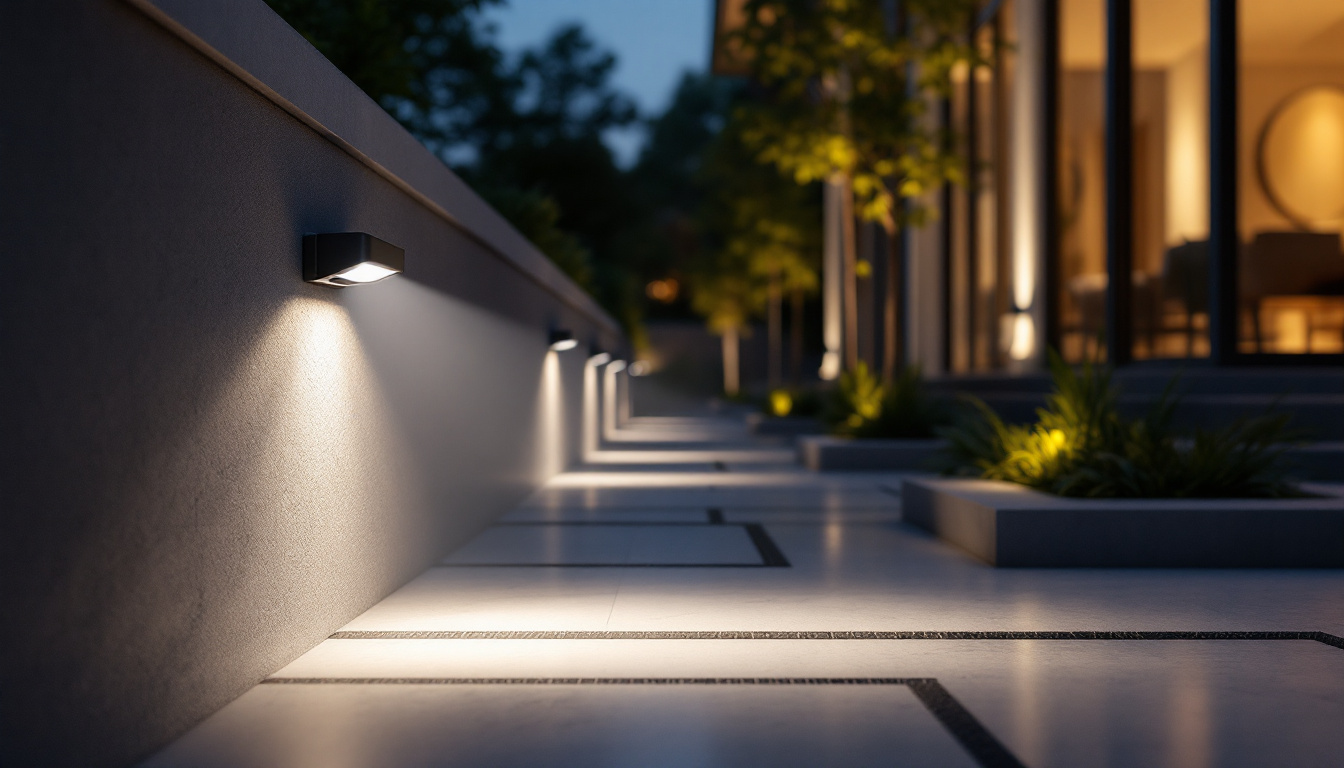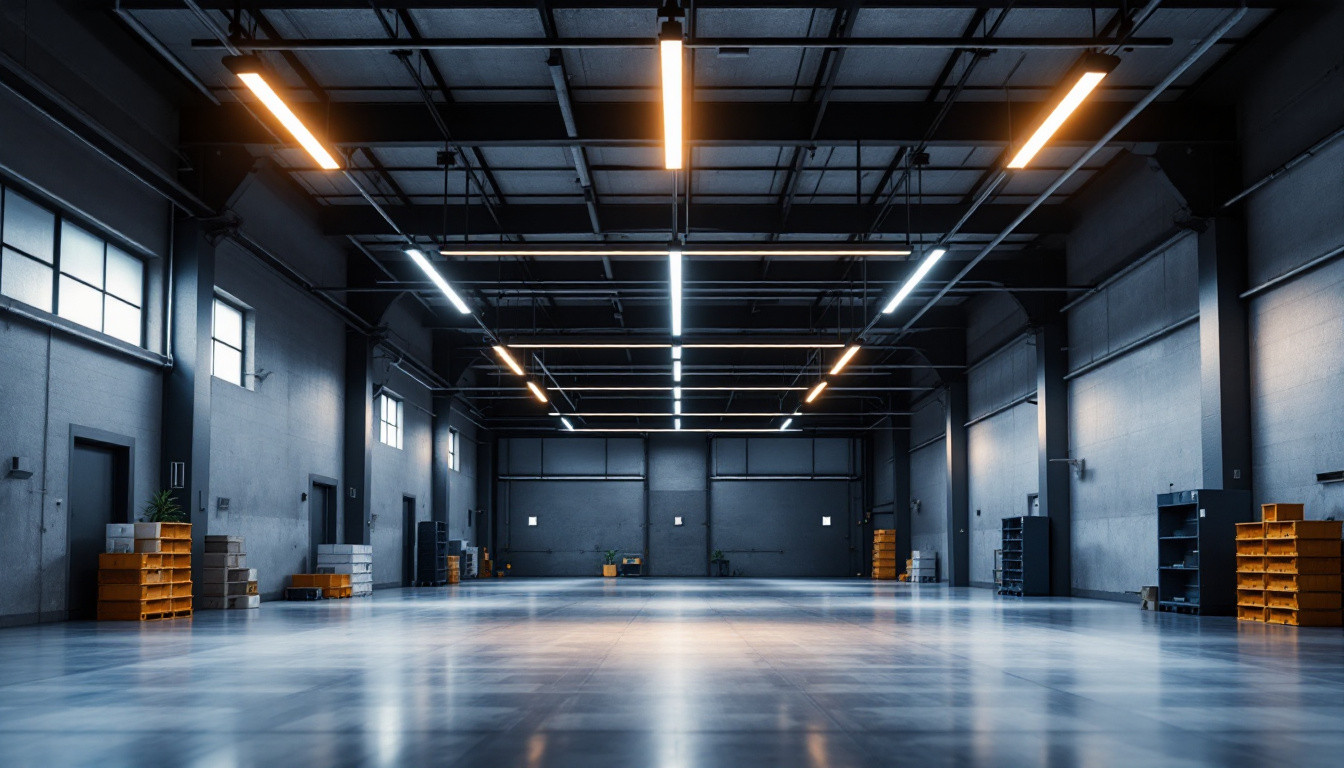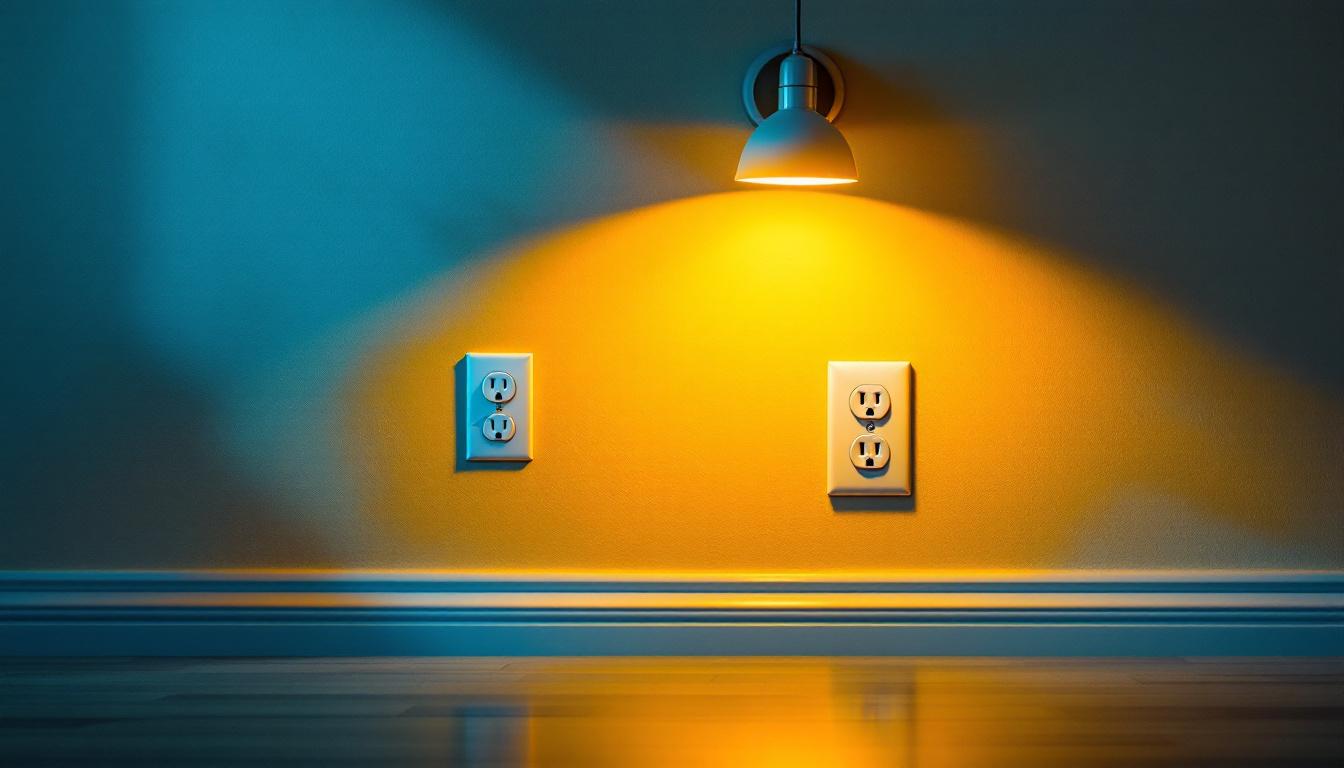
In an era where energy efficiency and smart technology are at the forefront of building design, vacancy sensors have emerged as a transformative solution for lighting contractors. These devices not only enhance energy savings but also improve the overall user experience in various settings. This article delves into real-world success stories that highlight the effectiveness of vacancy sensors, providing valuable insights for lighting contractors looking to implement these technologies in their projects.
Vacancy sensors are devices designed to automatically turn lights on or off based on the presence or absence of people in a room. Unlike occupancy sensors, which activate lights when someone enters a space, vacancy sensors require manual activation. This feature makes them particularly useful in areas where lighting is not always needed, allowing for greater control over energy consumption. For instance, in conference rooms or classrooms, where the lights can be turned on only when needed, vacancy sensors help ensure that energy is not wasted during periods of inactivity.
Vacancy sensors utilize infrared or ultrasonic technology to detect motion. When a person enters a room, the sensor can be manually activated, and the lights will remain on for a predetermined amount of time after the individual leaves. This functionality not only conserves energy but also extends the lifespan of lighting fixtures by reducing unnecessary usage. The sensitivity settings can often be adjusted, allowing users to customize the sensor’s responsiveness to different environments, such as high-traffic areas versus quiet spaces. Additionally, some advanced models come equipped with ambient light sensors that can further optimize energy savings by ensuring lights are only activated when necessary, taking into account the natural light available in the room.
For lighting contractors, the installation of vacancy sensors presents numerous advantages. First and foremost, they can significantly reduce energy costs for clients, making projects more appealing. Additionally, these sensors contribute to sustainability goals, aligning with modern building codes and regulations that emphasize energy efficiency. The growing trend towards smart building technologies also means that incorporating vacancy sensors can position contractors as forward-thinking professionals who are attuned to the latest advancements in lighting solutions.
Moreover, vacancy sensors can enhance the reputation of lighting contractors as providers of innovative and eco-friendly solutions. By integrating these technologies into their offerings, contractors can differentiate themselves in a competitive market. Furthermore, the ease of installation and the potential for retrofitting existing lighting systems with vacancy sensors can lead to increased business opportunities. As more clients seek to reduce their carbon footprint and improve energy management, contractors who are knowledgeable about these systems will be well-equipped to meet the evolving demands of the industry. This proactive approach not only fosters client satisfaction but can also lead to long-term partnerships and referrals, further solidifying a contractor’s position in the marketplace.
One of the most compelling success stories involving vacancy sensors can be found in educational institutions. A large university implemented vacancy sensors in classrooms and lecture halls, aiming to reduce energy consumption and create a more sustainable campus environment.
The university installed vacancy sensors in over 100 classrooms, allowing instructors to activate the lights manually at the beginning of each class. The sensors automatically turned off the lights after a set period of inactivity. The results were impressive: energy consumption in these spaces decreased by 30%, leading to significant cost savings on electricity bills.
Furthermore, the university reported an increase in student satisfaction. Instructors appreciated the ability to control lighting based on their specific needs, while students enjoyed a more comfortable learning environment. This case exemplifies how vacancy sensors can serve dual purposes: enhancing energy efficiency and improving user experience.
Despite the success, the implementation was not without challenges. Some instructors were initially hesitant to adopt the new technology, fearing it would disrupt their teaching styles. However, through training sessions and demonstrations, the university was able to alleviate these concerns. This highlights the importance of proper education and support when introducing new technologies.
Retail environments are another area where vacancy sensors have made a significant impact. A well-known retail chain decided to retrofit its stores with vacancy sensors in fitting rooms and storage areas, aiming to enhance energy efficiency and reduce operational costs.
By installing vacancy sensors in fitting rooms, the retail chain was able to ensure that lights would only remain on when the rooms were in use. This simple adjustment led to a remarkable 40% reduction in energy usage in these areas. Additionally, the sensors helped to create a more inviting atmosphere for customers, as lights would automatically turn on when a fitting room was occupied.
The benefits extended beyond energy savings; the retail chain also reported an increase in customer satisfaction. Shoppers appreciated the well-lit fitting rooms, and the automatic lighting feature contributed to a more pleasant shopping experience. This case demonstrates how vacancy sensors can enhance both operational efficiency and customer engagement.
Initially, some store managers expressed concerns about the potential for lights to turn off unexpectedly while customers were trying on clothes. To address this, the retail chain implemented a delay feature, allowing lights to remain on for a longer period after the last detected movement. This adjustment satisfied both management and customers, showcasing the importance of flexibility in sensor settings.
In the healthcare sector, vacancy sensors have proven to be invaluable. A regional hospital integrated vacancy sensors into patient rooms and common areas to improve energy efficiency while maintaining a comfortable environment for patients and staff.
The hospital’s strategy involved installing vacancy sensors in patient rooms that would activate lights upon entry and turn them off after a period of inactivity. This approach not only reduced energy consumption but also ensured that lights were available when needed, particularly for staff attending to patients at night.
The results were significant: the hospital achieved a 25% reduction in energy costs in patient rooms, allowing funds to be redirected towards patient care initiatives. Additionally, staff reported increased satisfaction due to the improved lighting conditions, which positively impacted their ability to perform tasks efficiently.
Patient feedback was overwhelmingly positive. Many patients expressed appreciation for the well-lit environment, which contributed to a sense of safety and comfort during their stay. This case highlights the critical role that vacancy sensors can play in enhancing the overall patient experience while simultaneously achieving energy efficiency goals.
Industrial settings, such as warehouses and manufacturing facilities, have also benefited from the implementation of vacancy sensors. A leading logistics company sought to optimize lighting in its expansive warehouse, where energy costs were a significant concern.
The company installed vacancy sensors throughout the warehouse, particularly in areas with infrequent foot traffic. By doing so, they were able to reduce lighting in unused sections of the facility, resulting in a 50% decrease in energy consumption. This substantial reduction translated into significant cost savings, allowing the company to invest in other operational improvements.
Moreover, the implementation of vacancy sensors contributed to a safer working environment. With lights automatically turning on when employees entered specific areas, visibility improved, reducing the risk of accidents. This case illustrates how vacancy sensors can enhance safety and efficiency in industrial applications.
As with other sectors, employee training was crucial for the successful implementation of vacancy sensors in the warehouse. Initial resistance stemmed from concerns about lights turning off unexpectedly during shifts. To mitigate this, the company provided comprehensive training on the sensor’s functionality, emphasizing the benefits of energy savings and safety.
The success stories outlined above represent just a fraction of the potential applications for vacancy sensors. As technology continues to evolve, several trends are emerging that may shape the future of vacancy sensors in the lighting industry.
One prominent trend is the integration of vacancy sensors with smart building systems. As more buildings adopt Internet of Things (IoT) technologies, vacancy sensors can work in tandem with other smart devices to create a cohesive and efficient lighting system. This integration allows for real-time monitoring and control, enabling building managers to optimize energy usage dynamically.
Another trend is the increasing demand for user customization. Future vacancy sensors may offer advanced settings that allow users to tailor the sensor’s behavior to their specific needs. This could include adjustable sensitivity levels, customizable time delays, and integration with mobile applications for remote control. Such features would enhance user experience and further promote energy efficiency.
Vacancy sensors have proven their worth across various sectors, from education and retail to healthcare and industrial applications. The success stories highlighted in this article demonstrate the tangible benefits of these devices, including energy savings, improved user experience, and enhanced safety.
For lighting contractors, the adoption of vacancy sensors represents an opportunity to provide innovative solutions that meet the growing demand for energy efficiency and sustainability. By embracing this technology, contractors can not only enhance their service offerings but also contribute to a more sustainable future.
As the industry continues to evolve, staying informed about advancements in vacancy sensor technology will be crucial. By leveraging these innovations, lighting contractors can position themselves as leaders in the field, ready to meet the challenges and opportunities of tomorrow.
Ready to take the next step in energy-efficient lighting for your projects? At LumenWholesale, we provide lighting contractors with the highest quality, spec-grade lighting products at unbeatable wholesale prices. Say goodbye to inflated markups and hello to superior lighting solutions that meet the highest industry standards. With our hassle-free bulk buying options and free shipping, you can ensure your projects shine with reliability and high performance. Don’t compromise on quality or value — discover wholesale lighting at the best value and make a sustainable impact with LumenWholesale.

Discover the essential insights lighting contractors need to meet client expectations with exterior motion sensor flood lights.

Explore the rising significance of linear high bay lights in the lighting industry.

Discover how to enhance your home’s lighting efficiency with optimized electrical outlet receptacles.

Discover cost-effective strategies for replacing 4-foot fluorescent lights with LED alternatives.